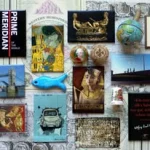I think that every visitor to Vienna expects pompous palaces and magnificent buildings in this city. Yes, it is like that. Just walk along the luxurious Ringstrasse boulevard, which many consider one of the most beautiful in the world. The construction of the Ringstrasse began in 1858, when Paris and London had had a similar street for a long time already. Interestingly, the nobility was not interested (and probably did not have the money) in building their palaces along the new Viennese street. However, at that time, a new social class was created here – industrialists and bankers, who seized the opportunity to present their wealth with their new residences. One of the first was the richest private entrepreneur Heinrich Drasche, the largest producer of bricks (from which the houses on the Ringstrasse are built as well), who relentlessly exploited workers in his brick factories, who came here for work mostly from Bohemia. Drasche built his grand residence on the most lucrative plot – right opposite of the Vienna Opera, the first public building on the new Ringstrasse.
However, Drasche’s house was badly damaged by bombing during World War II, so it had to be demolished. In its place, they built a new “modern” building, which almost everyone considers to be the ugliest along the whole Ring.
Well, if the factory owner had built something smaller, then maybe it would have remained until today. After all, small houses are also interesting. Even the smallest ones. In Vienna, the smallest house is even a tourist attraction, although a little hidden one. It is located at the corner of Burggasse and Breite Gasse streets in Vienna’s 7th district, close to the famous MuseumsQuartier.
The two-storey-mini-building with a green Neo-Renaissance façade with columns with Corinthian capitals was designed in 1872 by the architect Josef Durst. During its 150-year existence, the house has changed its name several times – first it was called At the Green Grape (Zur grünen Weintraube), later At the Golden Lamb (Zum goldenen Lamm) or At the Golden Deer (Zum goldenen Hirschen). In 1972, the house was bought by Friedrich Schmollgruber, who – even though the house always shakes when a tram rattles in front of its windows – still sells clocks and jewelry there, with one third coming from their own production.
To get a better idea of the size of the house, you need to look at it from the side. Its ground plan is only 14 m². You can also peep inside through the glass on the front door.
Of course, such a small space would hardly be sufficient today. So Friedrich Schmollgruber also bought the house to which the mini-house is literally stuck, and connected the two buildings. Today, he is an old man, he has nine children, one daughter helps in the shop and one son is a watchmaker as well and it is very likely that he will take over the company. And so, for a long time to come, the corner of the house will be still decorated by a gigantic pocket watch.
On the big neighbouring house, you should also notice the large painted clock on the facade and interesting iron shutters on the windows of the shop. On one of the chimneys, an iron weather vane rotates in the direction of the wind. The advertisement for the family company is complemented by two large dials under the roof which depict the phases of the moon and the movement of the planets.
I assume that now that we know which house is the smallest in Vienna, you will surely ask which is the largest one? If we talk about the tallest building, then it is the Danube Tower – Donauturm with 252 meters (on the left in the picture), in this group, the famous St Stephen’s Cathedral (137 m) is in 10th place. The tallest skyscraper in Vienna is the DC Tower (250 m) – in the middle of the photo.
Text: © Copyright Ingrid, Travelpotpourri
Fotos: © Copyright Ingrid, Travelpotpourri
MuseumsQuartier, Vienna, Wien, Austria
Burggasse 3, Vienna, Wien, Austria
Burggasse, Vienna, Wien, Austria

 TRAVEL
TRAVEL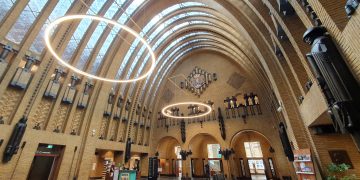
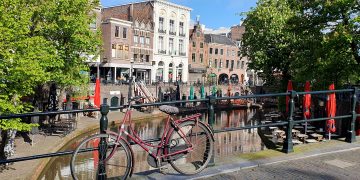
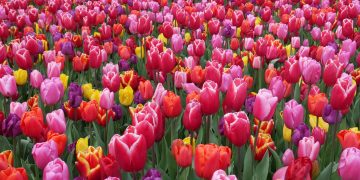

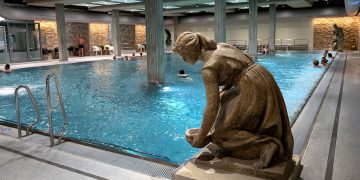

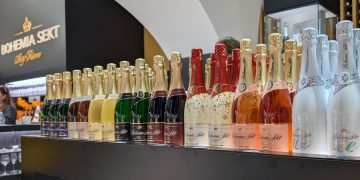
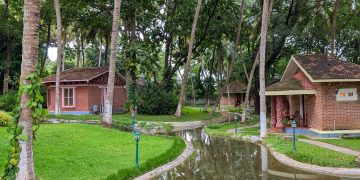
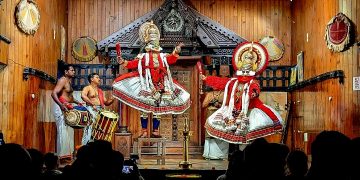
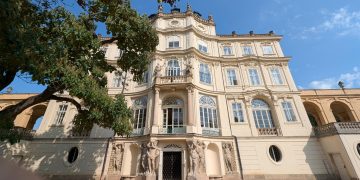
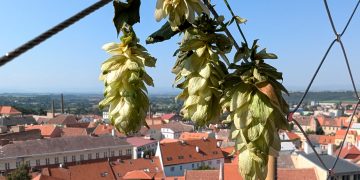

 RECIPES WITH A STORY
RECIPES WITH A STORY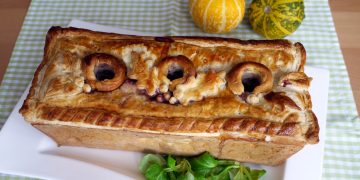
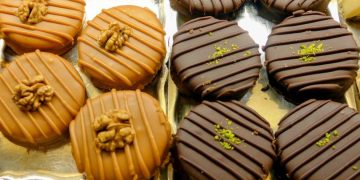


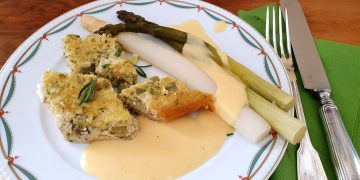
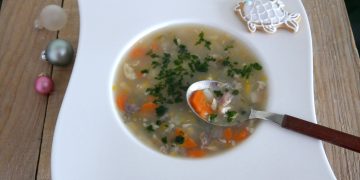

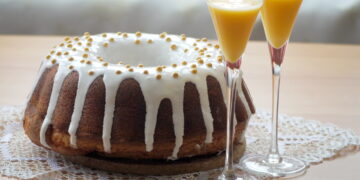

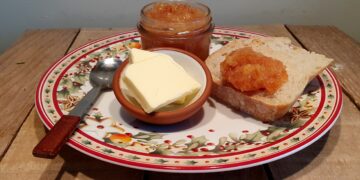
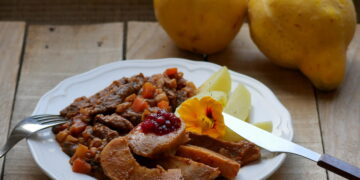
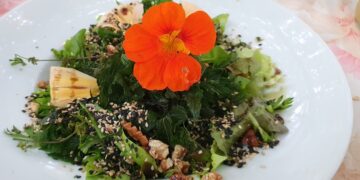
 AUSTRIA-VIENNA
AUSTRIA-VIENNA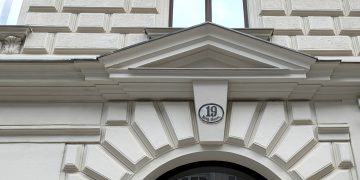
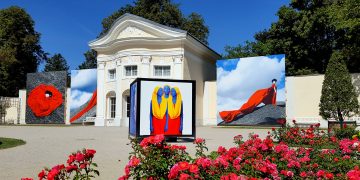
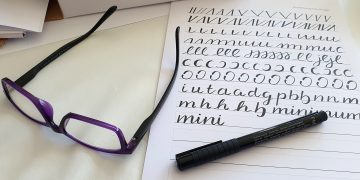
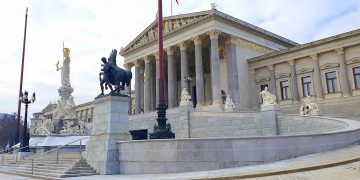
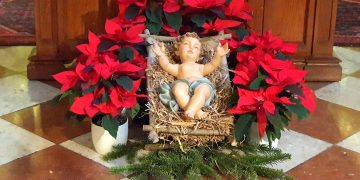
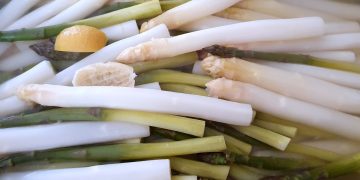
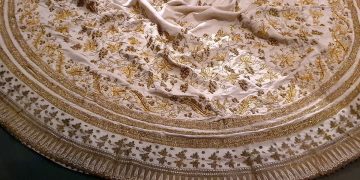
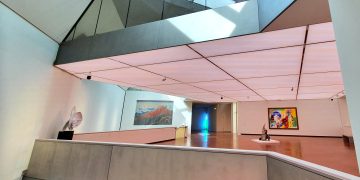
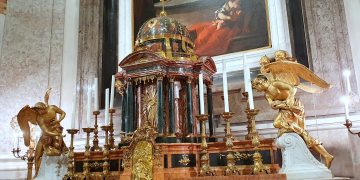

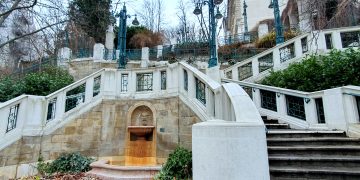

 SLOVAKIA-BRATISLAVA
SLOVAKIA-BRATISLAVA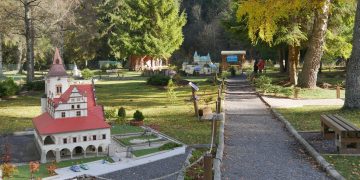
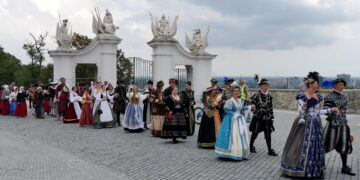

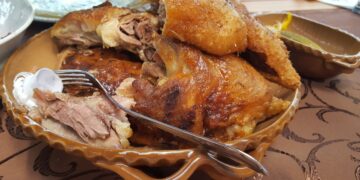
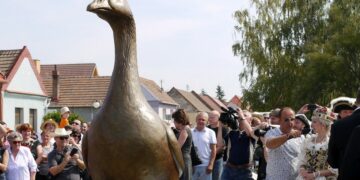
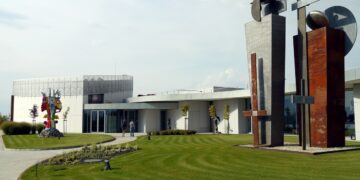
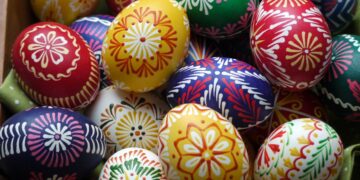
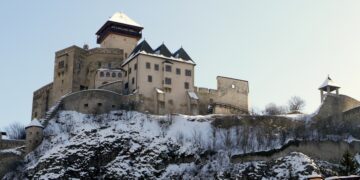
 EVENTS
EVENTS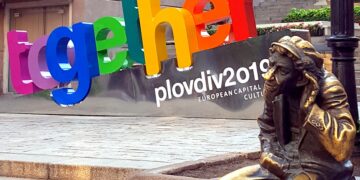
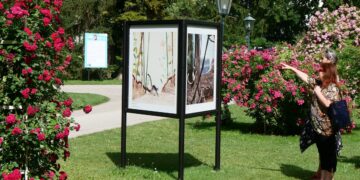

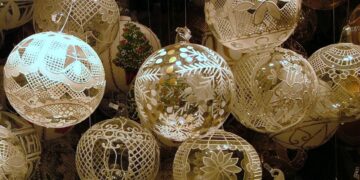
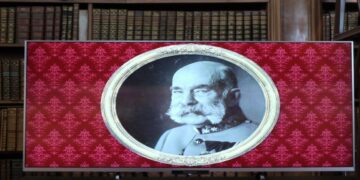
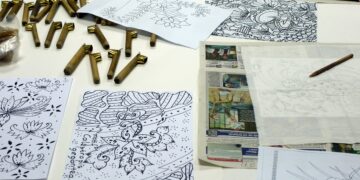
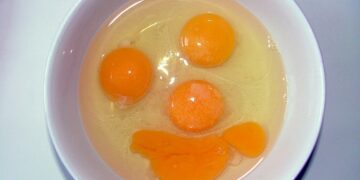
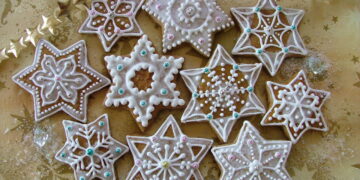
 INTERVIEWS
INTERVIEWS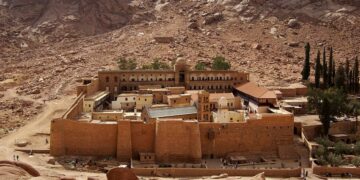

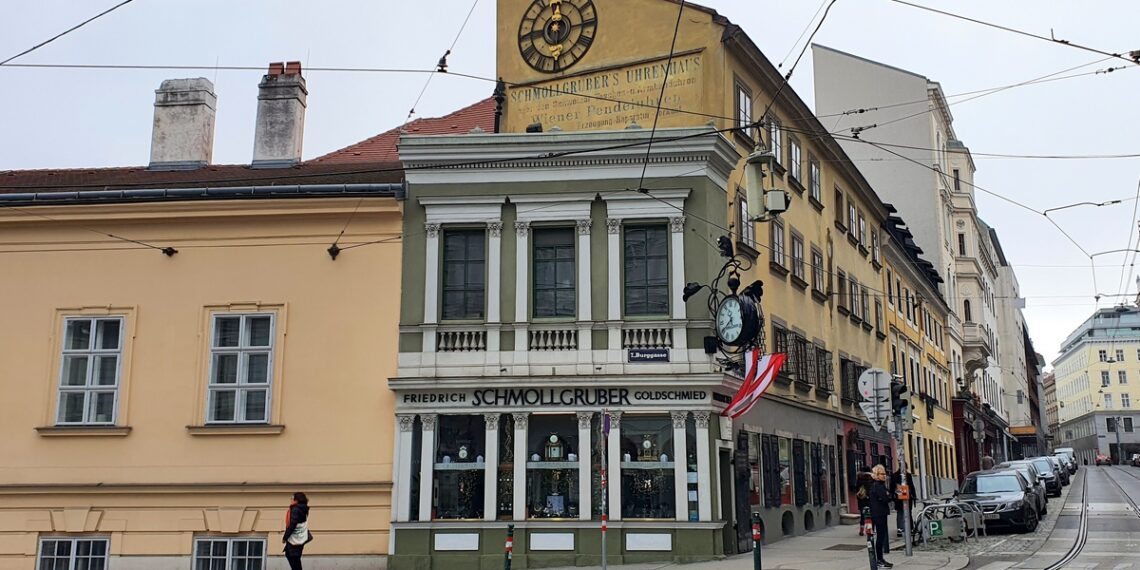












 Stone Balls from Ottoman Cannons – Interesting Bits about Vienna 4
Stone Balls from Ottoman Cannons – Interesting Bits about Vienna 4 Cauliflower Pancakes with Bulgur and Quinoa
Cauliflower Pancakes with Bulgur and Quinoa

